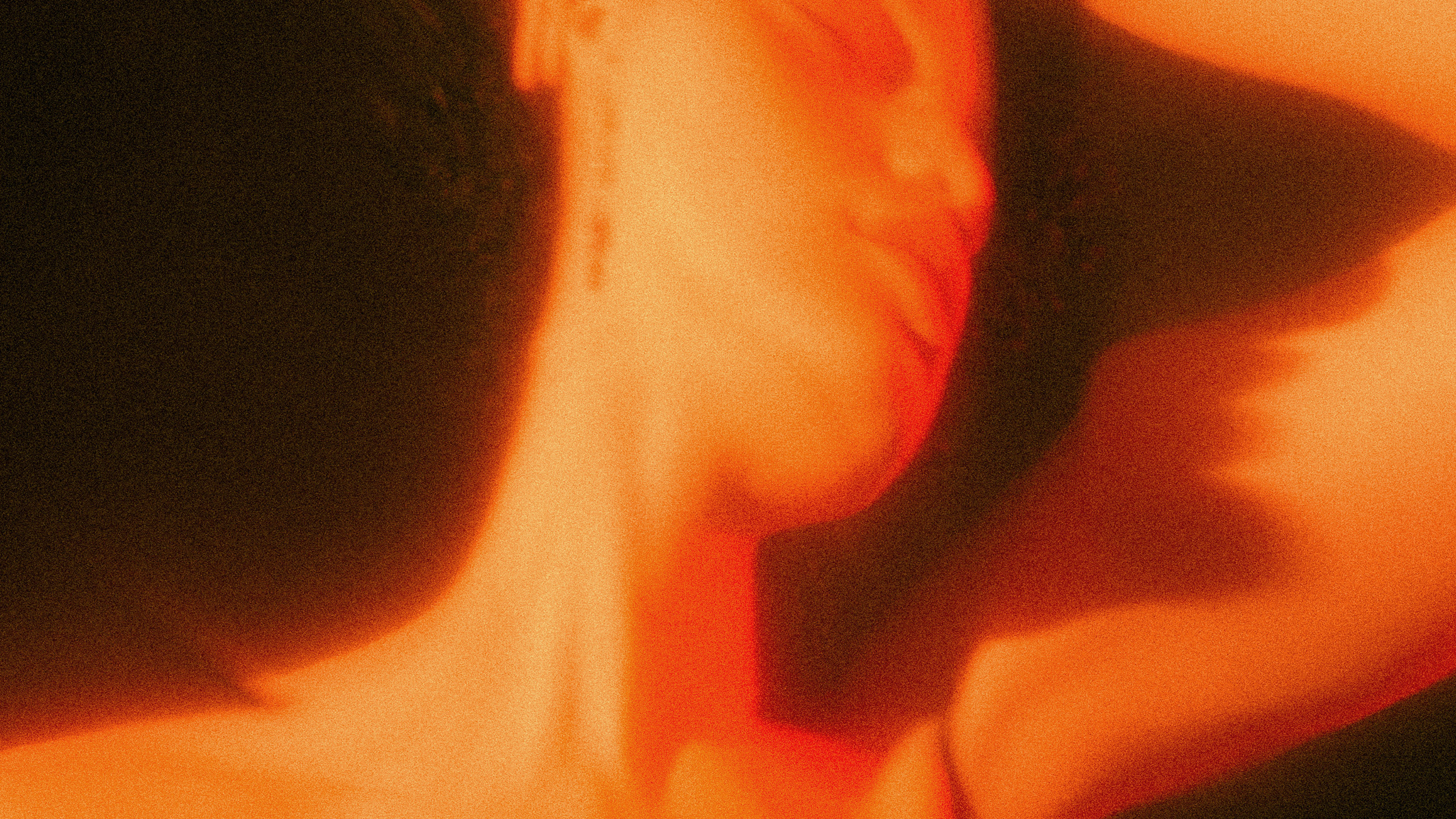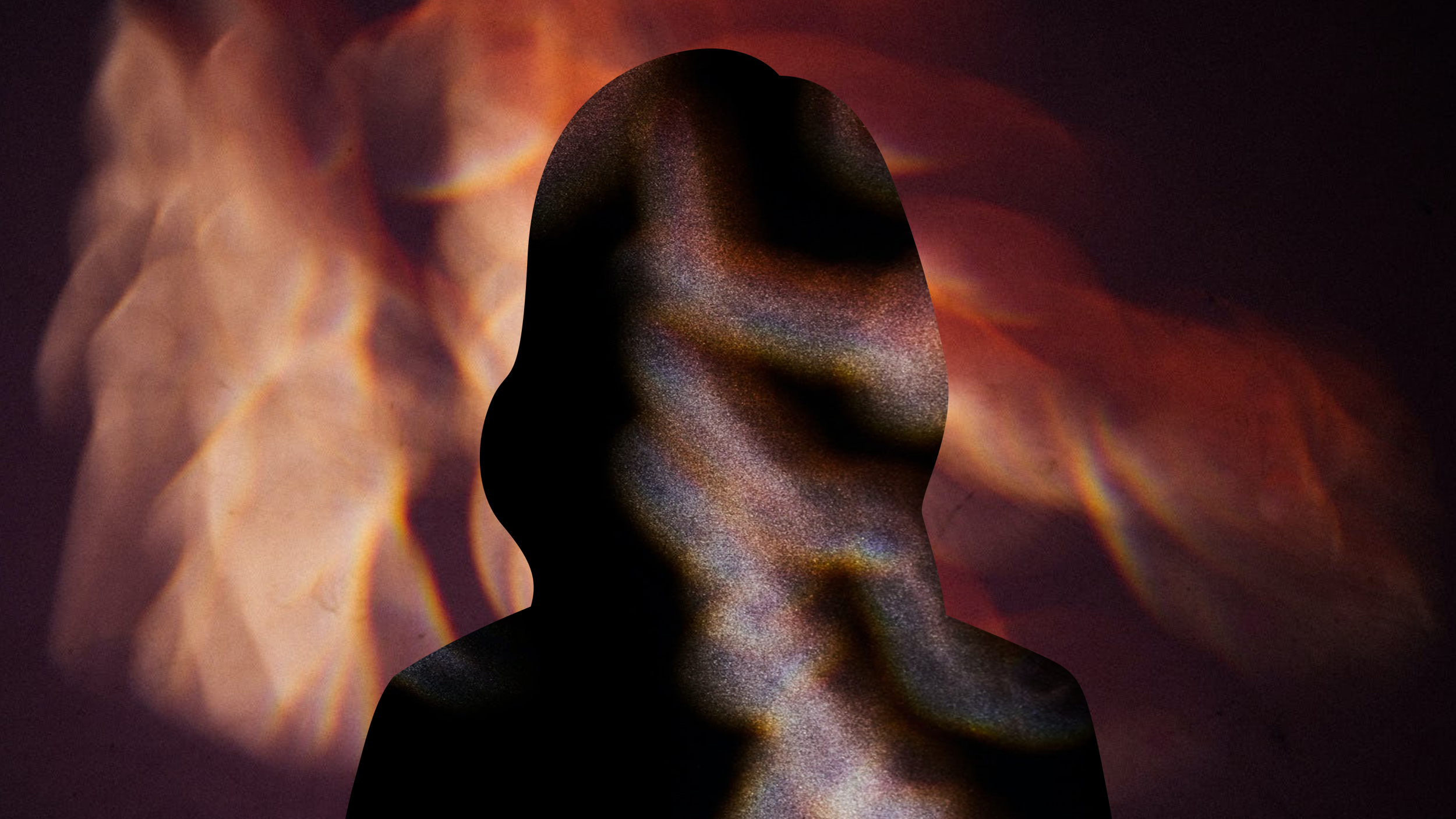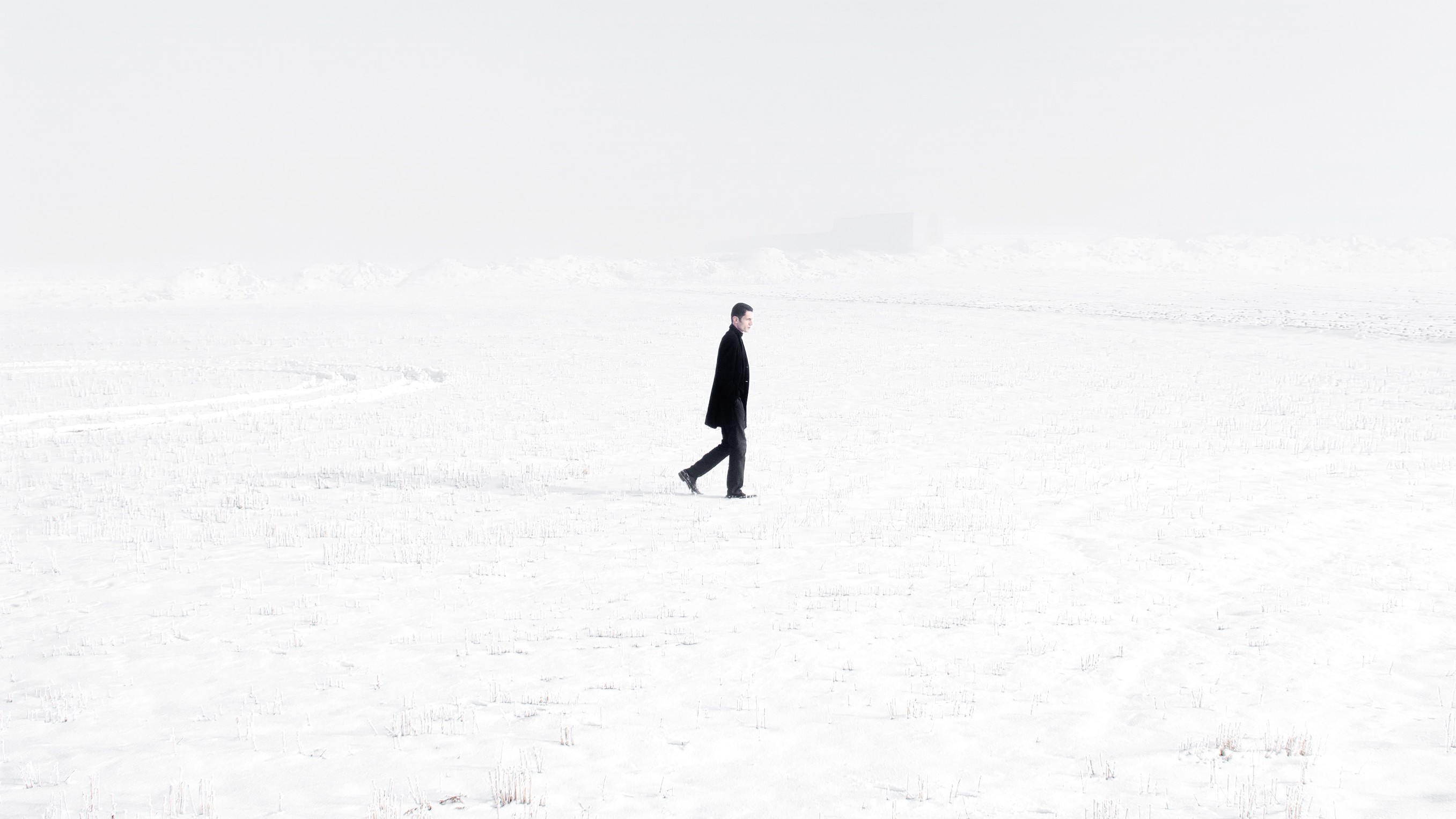Study: Patients remember the experience of death after cardiac arrest

- New research provides evidence for conscious awareness during cardiac arrest, in the absence of clinical signs of consciousness.
- Cardiac arrest patients exhibited brain activity associated with consciousness up to one hour into cardiopulmonary resuscitation (CPR).
- Some of them reported perceptions, memories, and experiences of death.
Every year, up to 750,000 Americans experience cardiac arrest, with only about 10% surviving to relate their experiences. Although it is widely assumed that patients are unconscious during the event, there are reports of brain activity during cardiac arrest as well as the process of dying, and survivors often report having conscious awareness.
Research published in the journal Resuscitation now provides further evidence of conscious awareness and cognition during cardiac arrest, and shows that “normal” brain activity associated with consciousness can emerge after up to one hour of cardiopulmonary resuscitation (CPR).
Sam Parnia of the New York University School of Medicine and his colleagues conducted a prospective study of 567 cardiac arrest patients in 25 American and British hospitals. In 213 of them, the attending physicians achieved a sustained return of circulation via CPR, such that 53 (9.3%) of the patients survived to be discharged. Just over half of these survivors (28 out of 53) completed interviews about their experiences, and 11 reported perceptions or memories during CPR, despite exhibiting no external signs of consciousness at the time.
Death experience
Their reports included a wide spectrum of phenomena, which the researchers categorized as broad perceptions or memories, transcendental experiences, and auditory or visual perceptions. Some of the patients reported having dream-like experiences, out-of-body experiences, or death experiences.
For example, one of the patients reported:
“I went to a house where I shouldn’t have been. The police caught me… I was thinking how to explain what I was doing… Then, I walked into a puddle… When I got out of the puddle… There was a fisherman singing a sea shanty over me and it was raining.”
Another reported:
“I was no longer in my body. I floated without weight or physicality. I was above my body and directly below the ceiling of the intensive therapy room. I observed the scene that was taking place below me… I… found myself… more elevated. It was a place that had nothing to do with any kind of… material experience.”
Brain activity
In 85 of the patients, brain activity was monitored with electroencephalography (EEG) within ten minutes of cardiac arrest and throughout CPR. In some of them, seizure-like activity emerged and persisted after ten minutes of CPR. In others, alpha, beta, delta, and theta activity — brain waves associated with consciousness and higher cognitive functions — emerged after up to one hour into CPR, albeit declining in frequency over time.
The findings support earlier studies which indicate that “consciousness may be present despite clinically undetectable consciousness.” The researchers suggest that the brain activity they observed could be explained by a process of disinhibition in the brain, which may lead to “activation of dormant pathways… [leading to] lucid understanding of new dimensions of reality — including people’s deeper consciousness: all memories, thoughts, intentions, and actions towards others from a moral and ethical perspective.”
They add, however, that these and other findings “have not been able to absolutely prove the reality or meaning of patients’ experiences and claims of awareness in relation to death.”





